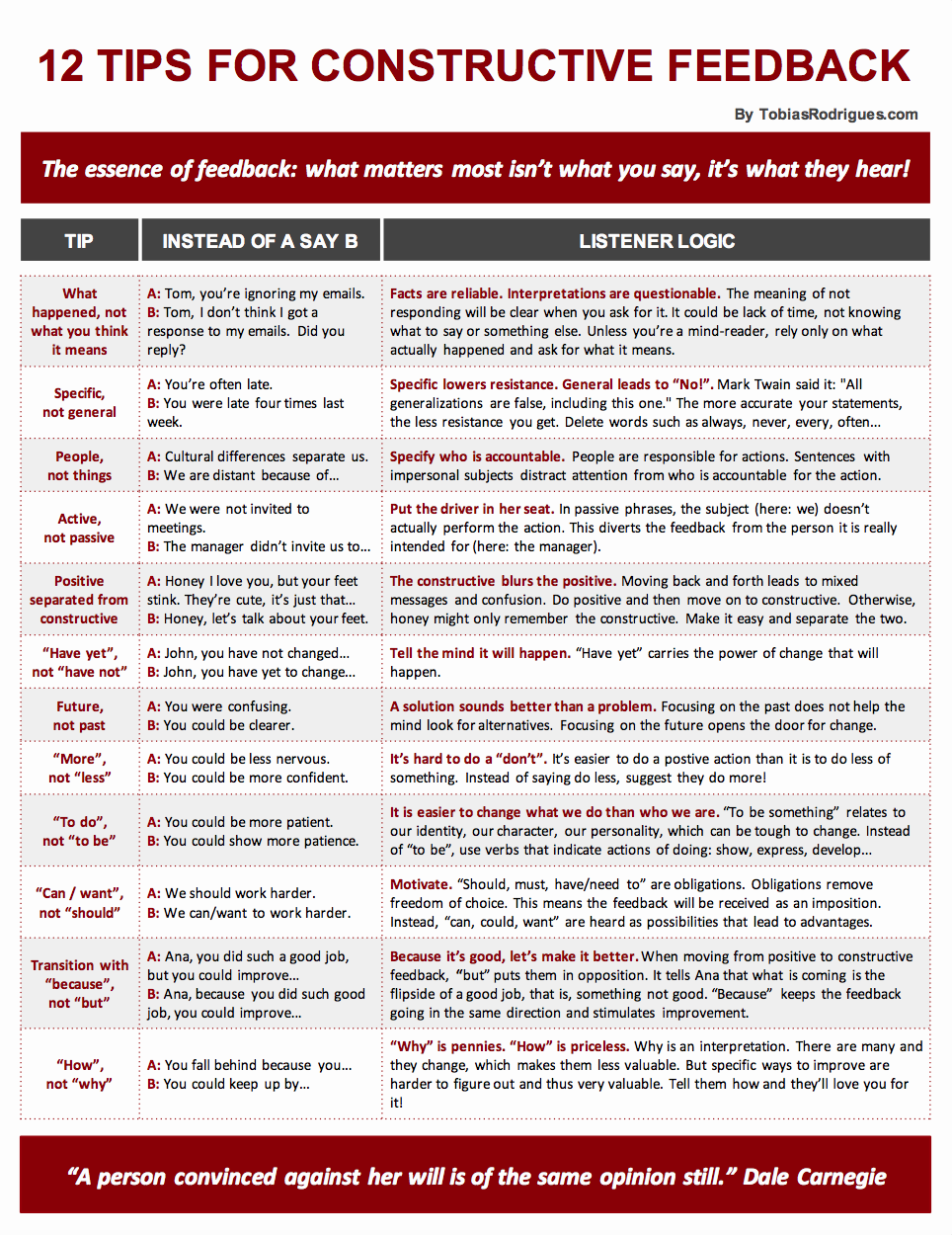Tag: Empowerment
Fire Up The Badass You With These Three Questions


—
Resilience is the ability to bounce back from setbacks. How resilient are you? False modesty aside, I must concede I am tougher than I usually give myself credit for. Here are three questions to help center our focus and boost our resilience in tough times.
—
1. Past: What misfortunes have I overcome?
—
Misfortunes are a normal part of life. Shit happens. Life has knocked us down so many times, and yet, we are still here, we are still in the game. This question helps awaken our ability to get up and fight back.
We are today what we overcame yesterday.
2. Present: How could this be worse?
—
In bad times, it’s easy to notice the things we were taking for granted that are no longer here. “How could this be worse?” turns our focus to what we might be taking for granted right NOW!
This sort of negative visualization helps develop a sense of gratitude and tranquility amidst difficulties. This is powerful because gratitude and tranquility cannot coexist with fear, frustration, anxiety or anger.
There is no fulfillment where there is no gratitude.
3. Future: What can I learn from this?
—
Every trial is temporary, which begs the question: How will we emerge from it? How do we want to emerge from it? Most of life’s important lessons come from tough times. If we choose to, painful situations can teach us.
What does this situation show about you, other people, and the world that was unseen to you before? How can you use this to grow and improve?
Pain put to good use leads to wisdom.
So how resilient are you? If I had to guess, you are tougher than you usually give yourself credit for. You are a badass. Be a badass.
Be. A message for leaders in confinement.
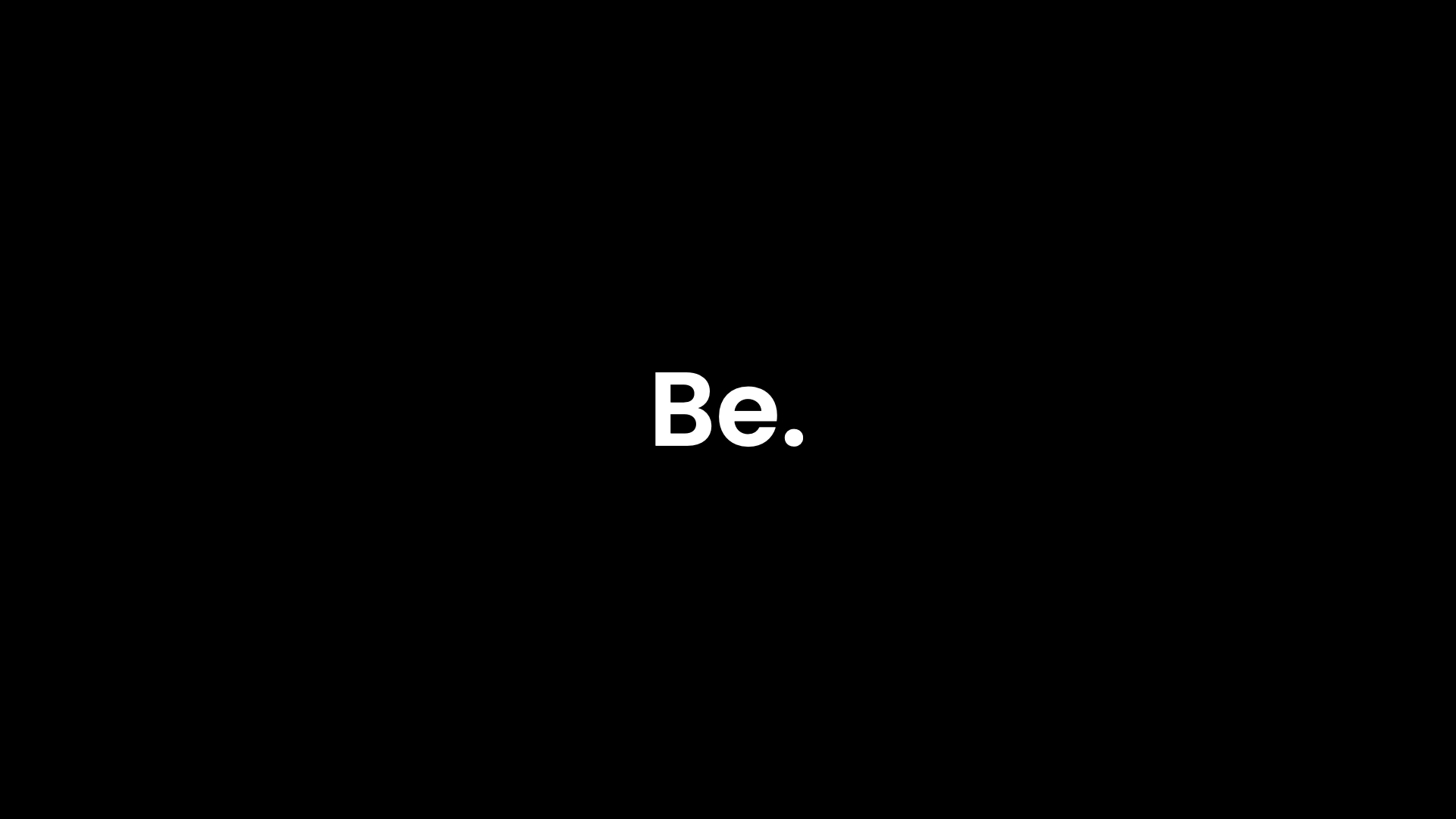
13 public speakers, members of keynoteboutique.com, join rhetorical forces to bring you a comforting message in these challenging times.
—–
—
Music by Alexander Nakarada | https://www.serpentsoundstudios.com
How to Leave A First Good Impression

Darrell is a polite, handsome man, who had little luck meeting people and making friends. He didn’t get why and it was frustrating. I first met Darrell during his final months in prison — a few of robberies and a bad temper had got him into trouble.
But Darrell is one of the few who manage to overcome the nasty effects of jail time. He decided to change. And he did. What didn’t change was the way people reacted to him. It seemed as though everyone knew his past. Then he figured out why.
And it had nothing to do with his past.
.
People won’t figure out your past by looking at you.
But they’ll read your present in just a glance.
People won’t figure out your past by looking at you.But they’ll read your present in just a glance.It was actually quite obvious and he felt stupid for not figuring it out earlier. Back in the day, Darrell had the side of his neck tattooed with the universal “F*** YOU”. It was small but nonetheless LOUD!
He had it for so long, he no longer noticed it — Gosh, I no longer noticed it and I hadn’t known him for that long. But for people who didn’t know him it was a big thing. Obviously! It automatically kept everyone away, giving him no chance to interact.
So Darrell covered it with a new tattoo. And the next time we met… he was smiling.
Don’t be surprised at the way people react to you
when your face is telling them just how you feel.
We might not have tattoos on our neck, but our facial expression and body language are tattoos we carry around always. They provide universal information before we speak. The way you look, move and talk are the first signals other people pick up.
In the art of human relations, this is nothing new. However, we’re not always aware of how we read these signs automatically (and sometimes unconsciously) and how others do too.
There’s never a second chance to leave a first good impression.
Do you sometimes feel a bit concerned about leaving the right impression or little uneasy when meeting people for the first time? I do. But think about it: other people do too. Chances are they’re busy thinking about themselves, not about you!
So before I step in, I make a conscious decision to step away from this trap, and think: These are people, not monsters. And they’re in the same situation as me.
If you’d like people to walk away thinking: “Well, that was pleasant. Seems like a nice person. What conviction!” here’s a tip:
Your best business card is YOU. Make sure you look the way you want others to see you. Stand tall. Radiate determination and serenity with every step. Smile. Make eye contact. Smile. Speak with a clear, confident voice. Smile.
Love to hear what you do to leave a lasting first good impression?
12 Tips For Constructive Feedback
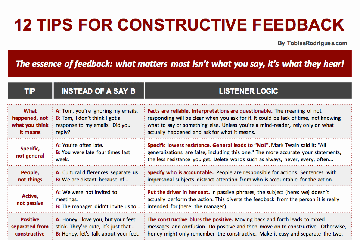
Whether a direct report, a manager, a colleague, a friend or a partner, giving constructive feedback is a crucial element of our relationships.
.
How you give feedback
determines how it is received.
I moderate constructive feedback sessions for teams and their leaders, and some patterns prove to be more effective than others. Here’s a set of keys that unlock the doors for constructive feedback to be well received.
Download and discuss them with those you give feedback to.
What matters most
isn’t what you say, it’s what they hear.
So by all means, I’d love to hear your constructive feedback.
The Trap

Warning: This post is a rather thick philosophical “steak”. If you don’t have much of an appetite, you can save it for later. If you do, take your time and enjoy.
Who is it that is aware that I am thinking?

Let’s start with a demonstration: While you’re reading, can you hear what you’re thinking? Catch yourself thinking. Is it What’s he talking about?, Where’s he going with this? or something else? Go ahead…
Did it? Good! Now, who did that? Who was it that just became aware that you are thinking? You? The same you that was thinking while you were reading?
Before we answer this, notice these two distinct ways of thinking: you can think without noticing you’re thinking, and you can think, aware that you are thinking.
Thinking without noticing you’re thinking is a curse.
Einstein thought that doing the same thing over and over again and expecting different results is the definition of insanity. When life isn’t as good as we want, thinking without being aware of thinking is a curse.
It’s a curse because you’re trapped in the process of thought that creates your reality and trapped in the reality that reinforces your thoughts — round and round in a vicious circle that produces and predicts the same results over and over.
In order to create new thinking, we want to break free from the thinking trap that produces undesired results. Here’s how:
Awareness thinking is to become aware
of the thought processes that go on in your mind.
In awareness thinking, there’s your thoughts and then there’s something else that notices your thoughts. That something else is… YOU! You break free from the trap because you become aware that you are NOT your thinking.
You see that your thoughts — like your hand — are not you. If your hand is cut off and dies, you do not die with it (unless you don’t treat it). This realization releases us from the domination of thought, enabling us to create new thinking.
As Stephen Covey, author of The Seven Habits of Highly Effective People, said:
The way you see the problem is the problem.
The way we see the problem is thinking without being aware that we’re thinking. But to look at the way we see the problem gives us awareness of our thinking and that it is governed by a set of principles that lead to a set of outcomes.
Becoming aware of the thought process and it’s principles gives you the opportunity to create new principles, thus leading to new outcomes.
A real example: Nobel Prize-winning mathematician, John Nash, on whom the book and film “A Beautiful Mind” are based, was diagnosed with paranoid schizophrenia.
(BTW, “schizophrenia”, from the Greek, literally means “a splitting of the mind” — befitting, seeing we’re talking about two split ways of thinking.)
Awareness of thinking
frees you from the trap of thinking.
After years of treatment, Nash chose to stop taking medication and decided to reject his delusional thinking habits. As a result, Nash willingly “thought” himself out of this disorder:
“I began to intellectually reject some of the delusionally influenced lines of thinking which had been characteristic of my orientation. This began with the rejection of politically-oriented thinking as essentially a hopeless waste of intellectual effort. So at the present time I seem to be thinking rationally again.” John F. Nash, Jr. – Autobiography
Awareness of his delusional thinking freed him from it. Aware of his thinking, Nash was able to see its effects (a waste of intellectual effort). This became the new governing principle for the thought process that rejected the delusional thoughts.
If there’s a lesson here, it might be: When suffering, trapped in my thoughts about reality, ask the question: Where is the who that is aware that I am not my thinking?
Love to hear your comments!!
No One Plans To Be An Idiot

Ever been in a situation where someone is slightly rude but in a polite way? Isn’t it annoying? The other day, a friend told me a member of the cleaning staff at work made an unpleasant “humorous” remark about how her files were “organized”.
“This made me realize that most of his remarks”, my friend explained, “aren’t really nice. In fact, they’re more like criticism disguised as humor.” Then she added:
“If I tell him to mind his own business, there’s a good chance I’ll come across as rude. If I start a conversation, I risk making too much of an issue – after all, I’m not his boss. But if I do nothing, things will continue as they are. What should I do?”
When we’re impolite or inconsiderate,
it’s out of weakness not strength.
“Where do you think this comes from”, I asked, “and why do you think he feels the need to say this kind of thing? Do you think he has something better to say and purposely changes it just to be critical?”
I went on to suggest that before she decided what to do, she might want to consider that negativity, like bad habits, has an acute ability to sneak unnoticed into everyday remarks. Unawareness of this accounts for some impoliteness.
On the other hand, I argued that genuine jerks are rare creatures and that pure stupidity is not the standard. No one plans to be an idiot. And on good days, most of us are not.
We tend to fall into the trap of disrespect
when we feel hopeless not hopeful.
Unpleasant remarks happen when we don’t know any better or when we’re having a bad day. When someone disrespects or provokes you, chances are they did it out of weakness, not out of the abundance of their strength.
I’m not saying you give them a break, I’m saying: Look at it from this angle. It places you in a position of greater power to decide how to influence the outcome of the situation.
My friend decided she’d give it some thought before acting. And it occurred to me we’d love to hear your suggestions: “What do you think she could do?”
A Lesson From Tough Times

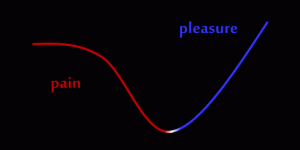
Think of someone who causes a sense of admiration when you recall the tough stuff they’ve been through and still managed to keep it together. How did they do it?
Lao Tzu said that the person who conquers others is strong while the person who conquers him/herself is mighty. How do you do that? Is there a formula?
It is precisely the extreme events of our life
that show us the essence of growth.
My personal experience of “intense” change includes moving unexpectedly at the age of 13 from Canada to a tiny Island of Portugal; losing quite a bit of weight (25 kg/55 lbs), and a career change.
More importantly, I’ve seen others go through much tougher events, such as an unjustly large jail sentence, the shaking news of a terminal illness, the untimely death of a son or the raw suicide of a sibling.
What does it take for us to change or overcome imposed change? In all these situations, I’ve noticed two defining forces that allow us to effect change or to overcome imposed change: pain and pleasure. I call them “The Curves of Change”.
The curves apply both to a desired change we wish to implement or an imposed change we wish to overcome.
Pleasure makes change desirable.
Pleasure is an attracting force: it pulls us to change. When faced with a situation to overcome, visualizing the pleasures that we will receive creates the desire to change.
For ex., when my family and I moved, the desire to make friends impelled me to quickly improve my Portuguese. When I lost weight, the idea of being slimmer made me want to exercise. When I changed career, the hope of more freedom fueled me to complete another master’s.
When we want to change, the first step is to visualize the pleasures that will be obtained as a result of changing. This provides the motivation to take action.
Pain makes change inevitable.
Pain is a repelling force: it pushes us to change. Pain is more effective than pleasure. Often there’s a taunting voice in our head: “It’s too hard. It’s not worth it. Not now.”
The efforts involved in changing can sway us to give up and settle for the way things are. The solution to reducing the pain involved in changing is to emphasize the pain involved in not changing!!
The solution to overcoming
great pain is a greater one.
For ex., when we moved, feeling ridiculous when I talked helped me overcome the challenges of an unfamiliar language. As I lost weight, the idea of feeling tired again drove me to stick to months of strict dieting. When the uncertainties of a new career made me doubt, the thought of another month doing the same thing pushed me forward.
The second step is to reduce the pain involved in changing by emphasizing the pains of not changing. This eases the feeling of discomfort involved in changing and gives us the stamina to endure.
Have no doubt, the road of change turns to lessen pain and curves to enhance pleasure. Be sure to look at it from this perspective. To successfully effect any change, engage in increasing pleasure and getting rid of pain!
What roles to pain and pleasure play in the curves of your change?
Two Signs Of Good Advice
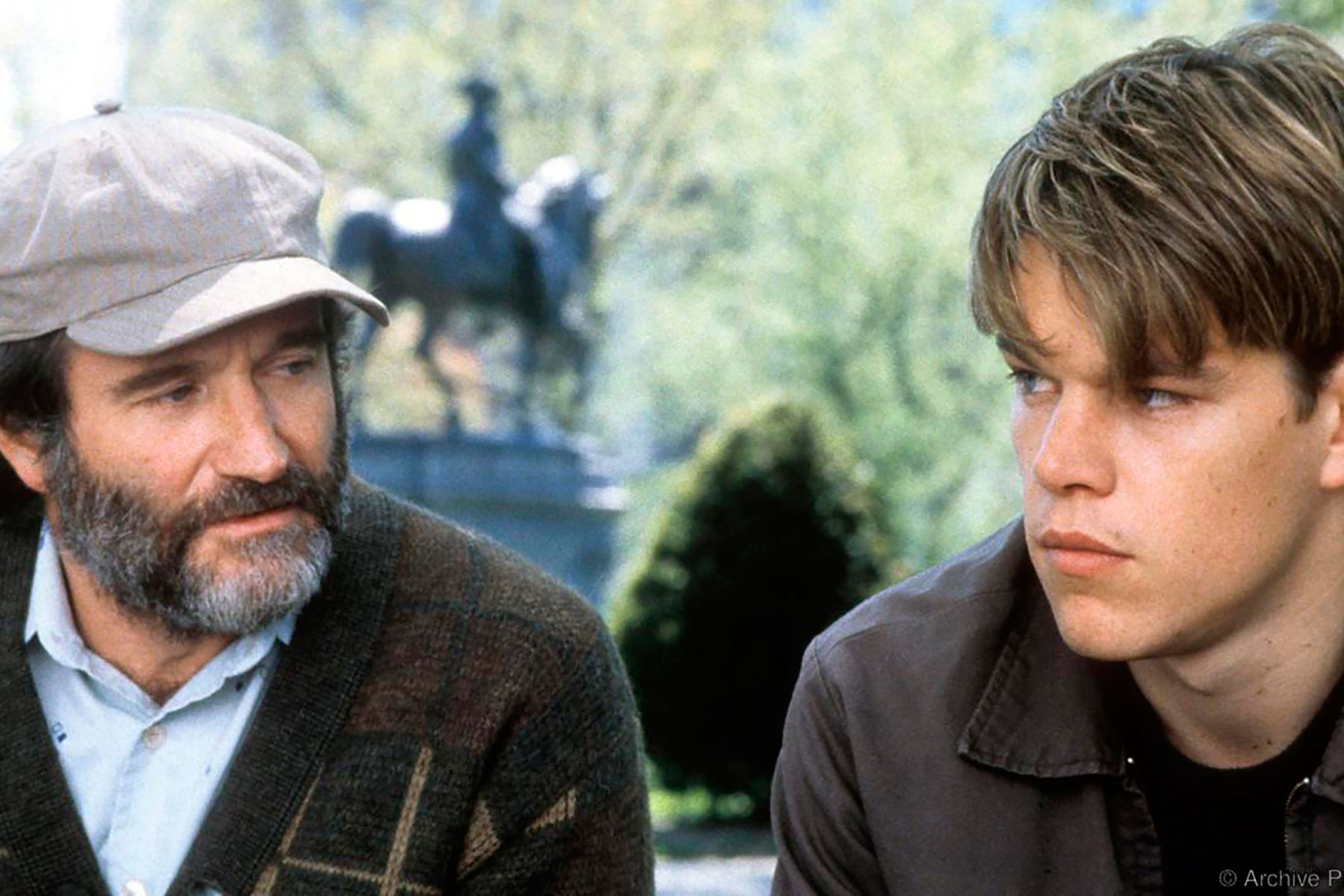
The other day my friend and colleague, Sebastián Lora, visited Barcelona and we met for a stimulating Gin&Tonic. He asked for my opinion about a workshop he’s preparing for Toastmasters. I gave one at last year’s District Conference, so I shared my experience.
Afterward, I wondered if I’d given useful advice. I began to reflect on criteria to recognize good advice. Family, friends, colleagues and professors whose counsel I deeply value came to mind. What do they have in common? Two things stood out:
Questions instead of recommendations
are a sign of good advice.
1. The people who give me good advice never say: “you should do this”. They have in common that they ask questions that help me discover what to do. This is a sign of wisdom.
They know no two situations are the same, that their experience is always their experience. And if they have a pretty good idea about what to do, even so they use questions to help me see the way, not just the finish line.
Tell me how – now that’s priceless!
2. Good advice consists of “how” not “what”. The people who’ve helped me improve and grow are those who’ve suggested specific alternatives.
General advice is easy to get — and give! — because it requires no real effort: do this, do that, be this, be that, blah, blah, blah! But find someone who tells you HOW you can do it, who suggests SPECIFIC ways and you’ve found a true treasure!
The world is full of people with a message.
There are few with a method.
You know you’ve found a good adviser when you hear questions that help you decide rather than recommendations that tell you what to do.
You know you’ve found a good adviser when you hear specific suggestions to improve instead of general guidelines to follow.
Did I live up to these criteria with the advice I gave to Sebastián? Only he can say. 🙂 I do remember asking questions and giving a few tips. But there’s no doubt: next time I’ll do better following these two principles!
How do you recognize good advice?
The Connection Matrix – Part One
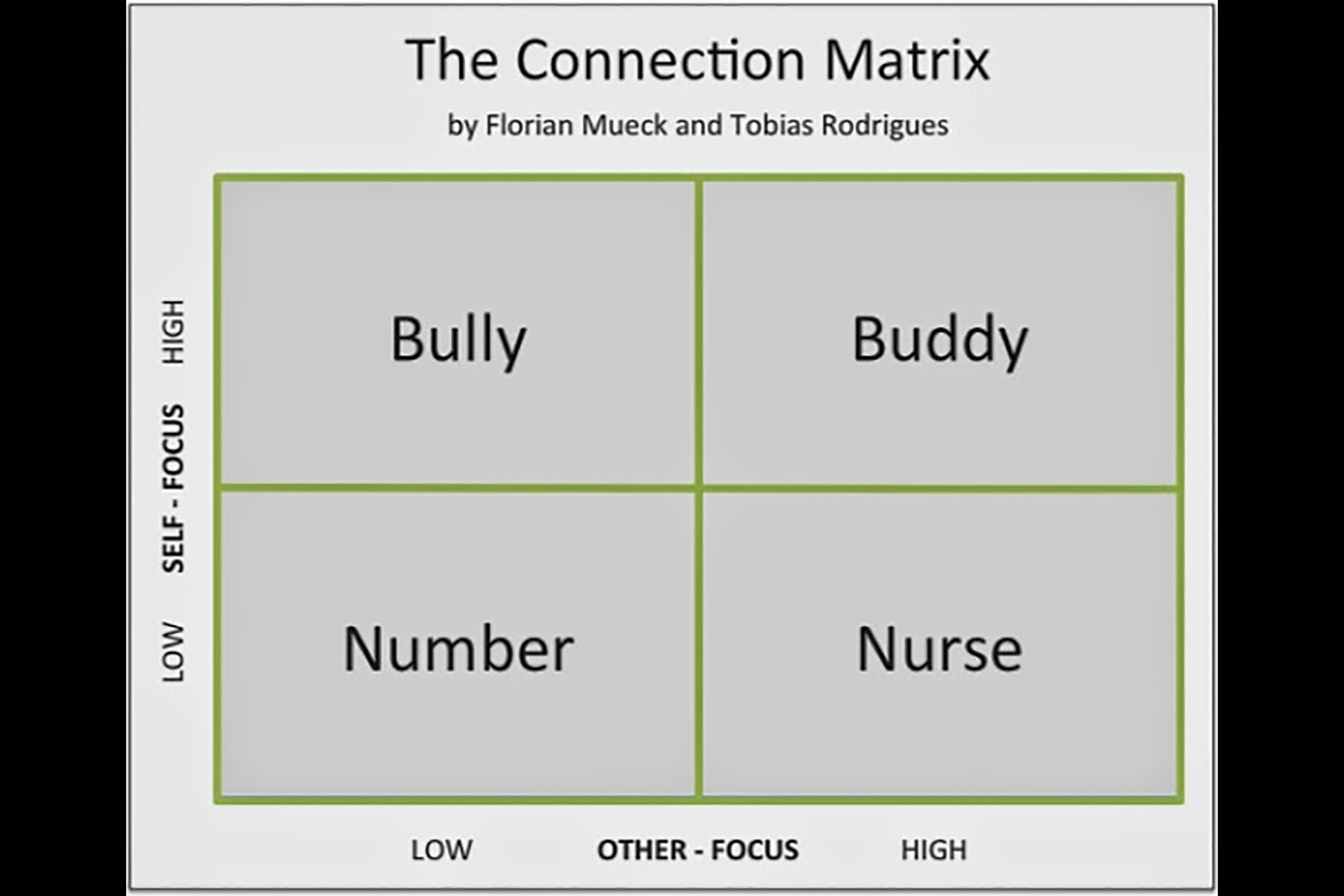
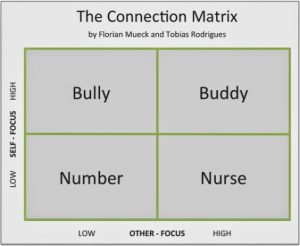
The other day I was sitting on a plane from Warsaw to Barcelona. With me, my friend, speaker and trainer Florian Mueck. We were coming back from a spectacular Spectacular Speaking event.
In her opening speech, the incomparable Olivia Schofield, founder of the Spectacular Speaking series, said: The one thing that takes you from great to spectacular is… connection. Connection. Connection between the speaker and the audience. Connection between oneself and the other.
Florian and I started to philosophize about this subject. We played around with different dimensions and combinations and patterns. We scribbled and painted and drew and scribbled…
In the end, we knew that we wanted to show two dimensions – the self-focus (or speaker focus) and the other-focus (or audience focus). Self/other-focus refers to the degree with which one chooses to be concerned with oneself and with others.
We also knew that we wanted to use the high-low categories. Our big challenge – the four field titles. After three hours we finally felt confident about the names. “The Connection Matrix” was born.
The Connection Matrix shows four different kinds of speakers/communicators. In this first part we’ll look at the status quo of their communication mode.
Number – Low Other/Low Self
Low empathy combined with low self-interest. Numbers drive through life with their handbrake on. They’re the typical business presenters. Not passionate about the data they present, numbers deliver only to deliver. Their voice? Monotonous. Their body language? Closed. Their enthusiasm? Not existent.
They say: But how can I put passion into my monthly business unit report? Numbers never consider a speech or presentation an opportunity. For them, communication is an obligation. Creativity is for artists, they think.
They also think: I do my job. Isn’t that enough? If others don’t like what I say, it’s not my fault. Numbers are brilliant at avoiding responsibility – for themselves and the audience. Like Florian’s mom says: Where there’s no hook, you cannot hang a jacket.
The paradox with numbers is that they don’t count: no one listens, no one remembers, no one cares. Connecting as number, you fail to connect. Number-mode is beneficial only when you wish not to connect. Numbers are the poorest connectors of the four types.
Nurse – High Other/Low Self
High empathy combined with low self-interest. Nurses strive to please their audience. They communicate with the language of “you” and their goal is to promote the audience. A nurse’s communication style consists of satisfying the interests of others.
The paradox with nurses is that by failing to affirm their self-interests, the connection entails no expense and so is undervalued. Because nurses don’t speak up for themselves, audiences don’t really listen, care less and very easily forget.
Connecting as a nurse, you don’t make an impact. Nurse-mode is beneficial when you wish to go unnoticed. If you don’t shift to buddy, your audience will soon take you for granted!
Bully – Low Other/High Self
Low empathy combined with high self-interest. Bullies strive to satisfy their own interests. Bullies communicate with the language of “I” and their style consists of pushing an agenda.
In bully-mode, you believe only you hold the power to make a change. So you feel you have little to learn from your audience. A bully’s preferred strategy is Follow me, now!
The paradox with bullies is that in failing to give the recognition they seek, they struggle all the more to get it from their audience. People listen, they remember, oh! but they don’t care.
Connecting as a bully, you fail to inspire trust. Bully-mode is beneficial when all you want is to stand out from the crowd. If you don’t shift to buddy, your audience will begin to feel betrayed and soon you’ll end up talking to yourself!
Buddy – High Other/High Self
High empathy combined with high self-interest. Buddies strive to develop a whole that is greater than the sum of its parts. Buddies communicate with the language of “we” and their style consists of promoting ways to satisfy self-interests and the interests of others.
In buddy-mode, you believe in a joint potential and so the purpose of communicating is mutual growth. The preferred strategy is How shall we do this? You know you’re listening to a buddy when you’re pushed out of your comfort zone and it feels good!
The paradox with buddy-mode is that when you place the connection at the center, the result is the speaker meets her goals and the audience gets what they came for. Everyone is happy. Audiences remember buddies, they listen to them, and they definitely care.
Connecting as a buddy, you act like a magnet, attracting others to move out their communication mode and to connect as buddies. Buddy is the ultimate mode of connection because everyone grows beyond expectation.
Whether you consider yourself a Number, a Nurse or a Bully, in The Connection Matrix – Part Two we’ll share with you insights on how to become a Buddy, the ultimate connector.
Decide The Ending To This Story
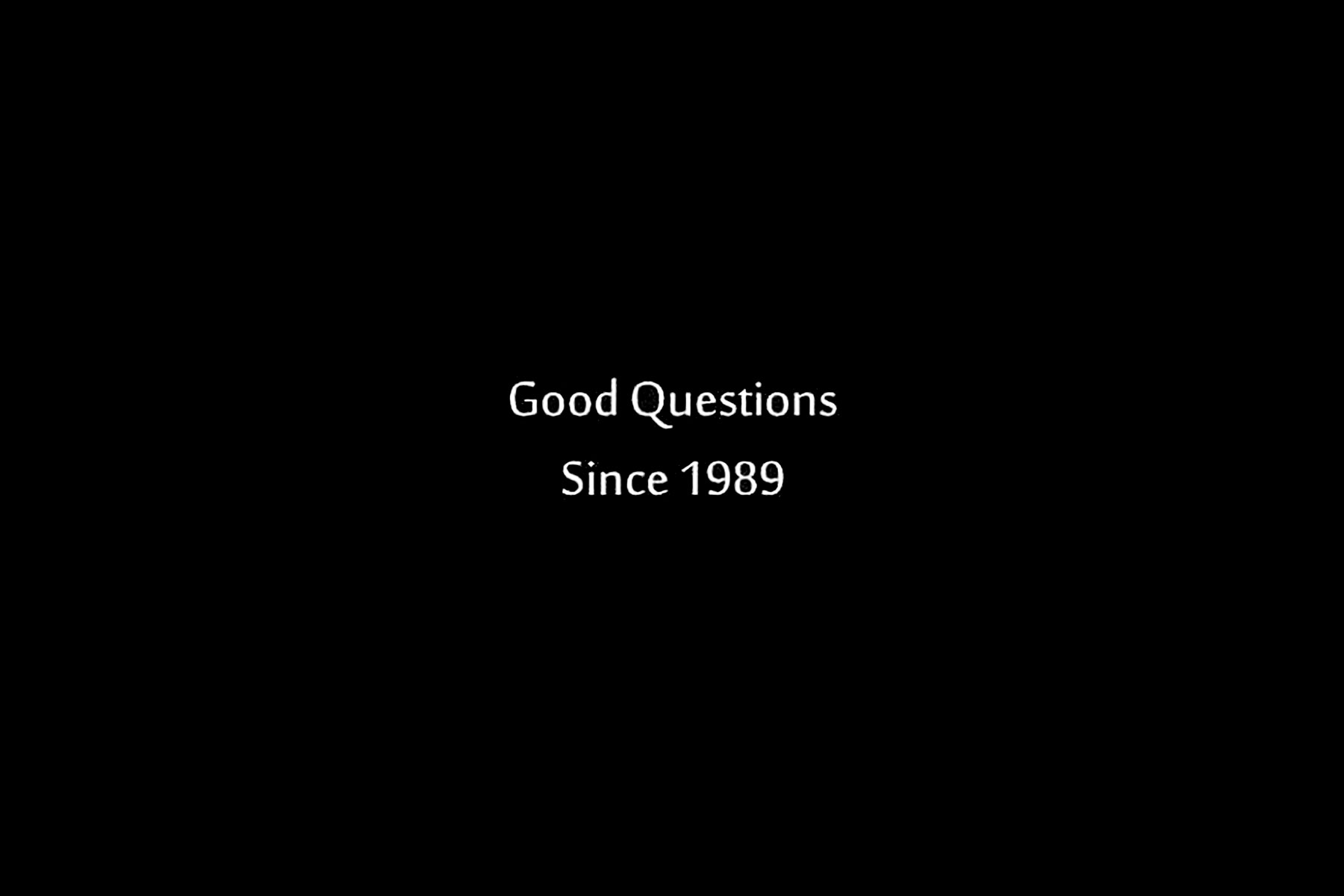
It was a Saturday. John had recently moved into his new apartment and was in the process of unpacking the wall of boxes standing tall in his living room.
After a couple of weeks adjusting to the new environment, he decided that this weekend he’d finally unpack.
In a box labeled “fragile” and among a bundle of gym clothes, John found a painting his younger sister had made for him before he moved. It depicted a tall, self-confident man in a suit, smiling at the viewer, and plugged by an electrical cable to what seemed to be a small red machine with wheels and a sign that read: “Good Questions Since 1989.”
As he stared into the man’s eyes, he wondered what his sister meant. He liked the painting and decided to put it up on the center living room wall. He managed to find the old rusty coffee can where he kept nails and screws and stuff. But after seven other boxes and lots of things all over the place, he gave up the quest for his toolbox.
Suddenly, the art restoration shop across the street came to mind. He had noticed it more than once: different, fresh, full of light and color. “Hey!” he thought “Maybe they could lend me a hammer.” He skipped over to the window and looked down to check if it was open. It was.
“Good” he thought. “The owner, that tall, self-confident young man that wears a suit, seems to be a nice guy. He might even remember me — I’ve seen him more than once at the café next door. Yah, I’ll ask him to lend it for just a minute. Why wouldn’t he lend me a hammer? Just because I’m a stranger?”
John stumbled around the apartment looking for his keys, which he eventually found on the couch under all his sports gear. As he went for the door, he thought: “Come on, John, you wouldn’t lend a hammer to stranger, right?” And it crossed his mind that a shop like that must have expensive and fancy equipment. The owner needs to protect it.
With growing doubt, he stepped into the elevator and pressed zero. As he looked at himself in the mirror, he said: “Is there a reason for him not to trust me?… Well, folks don’t trust each other like they used to, do they? And besides, I’ve just moved in. For all he knows, I’m a thief!”
Ding! The elevator door opened and John stepped out. He exited the building, looked across the street to the shop and asked himself: “Give me one good reason why he shouldn’t help me?” Then he thought: “Well, for starters he could be a selfish jerk who doesn’t give a damn about anybody!”
He resentfully crossed the street and walked into the shop. “Good morning!” He bluntly blurted to the young man in a suit sitting behind the counter. The man stood up and with a smile replied: “Good morning, Sir. How can I help you?”
With a cold face, John looked him in the eye and, with a touch of bitterness in his voice, said: “You don’t know me and there’s no reason for you to trust me. For all you know, I’m a thief. I actually live across the street and can’t find my hammer. So for just this once could you not be so overprotective and lend me one of those expensive hammers?!”
To the amazement of all those in the shop, the tall, self-confident young man disappeared into the back, dragging behind him his red portable oxygen tank on wheels. He returned bearing a hammer in his hand. In silence, he extended the gift to the stranger.
After thanking him and promising to be right back, John turned and left the shop. As he was crossing the doorway, the young man said: (now pick the ending you like most)
Ending 1: “By the way Sir, this is why I love my work. You see, since 1989 we’re in the business of restoring not only paintings but, more importantly, perceptions!”
Ending 2: “By the way Sir, since 1989 we repair problems with better questions. Try it. You see, the mind has no choice but to always find an answer — even to bad questions!”
Ending 3: One of your own.


